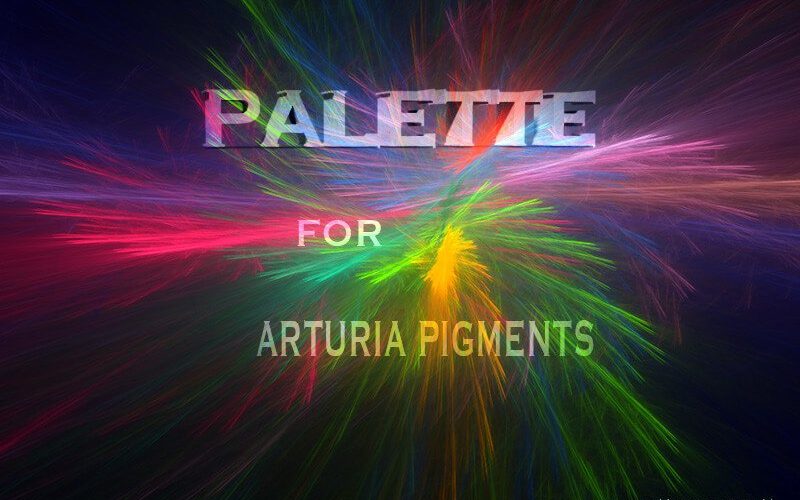
Moving east of the Engines, we arrive at Pigments’ two Filter sections. With stereo and detune controls, it’s a great way to thicken things up. The Unison section has both Chord and Classic modes, letting you add up to eight voices. Once your wavetable is selected, the Engine tab provides a number of ways to manipulate it further: Tune (Fine or Coarse), Frequency Modulate (Linear or Exponential), Phase Modulate (Key, Mod Osc, Self or Random), Phase Distort, Wave Fold and more. There are all kinds of textures to be found, organised neatly enough for quick discovery and with a large central window to display the shape. Losing yourself in the Wavetable menus doesn’t take much effort. The Wavetable option contains tons of available wavetables categorised into Natural, Processed, Synthesizers, etc. Setting an engine to Analog reveals three oscillators with four wave types each, plus a noise generator. Both of these are switchable between Analog and Wavetable modes. Pigments’ sound is generated by two Engines which sit top left of the instrument. There’s a handy Master level knob perched top right, just before the MIDI controller configuration view. Further along are the global views - Synth, FX and Seq - to access the different layers of Pigments. Here, you can enter a preset and performance view with minimal visual distractions, or use the drop-down menus to the right to select presets by type or alphabetical order. So, let’s break it down in a orderly fashion.Īt the very top of the instrument are the global controls, as per Arturia’s V Collection instruments. It’s a busy GUI with all manner of waves, colours and shapes poking through. You’d be forgiven if you felt a little overwhelmed the first time you laid eyes on Pigments. Having spent a little while with Pigments, it certainly takes the cake as Arturia’s most impressive all-in-one synth instrument.

Perhaps because it already has a wealth of ‘flavours’ covered in its V Collection series, Pigments is less about mastering a particular style of synthesis and more about giving the modern creative a ridiculous range of options.

So why has it taken this long to develop a software synth of its own creation? The company ostensibly built a reputation on its realistic software recreations of vintage synthesisers, and it’s carved out a name for itself in the hardware synth realm with the Brute collection. Pigments is a surprising first for Arturia.


 0 kommentar(er)
0 kommentar(er)
